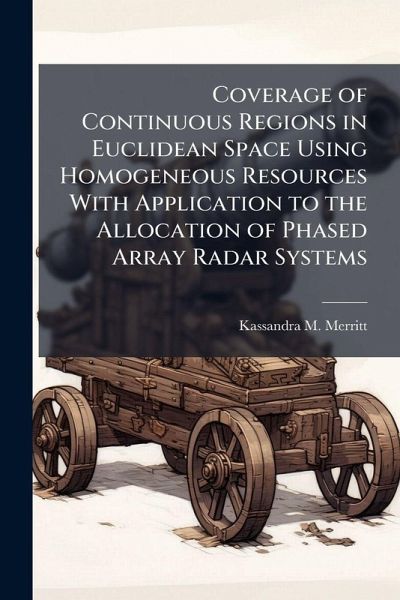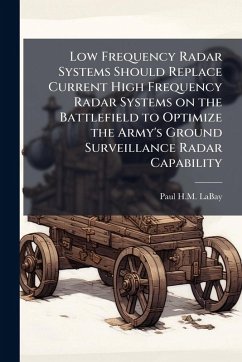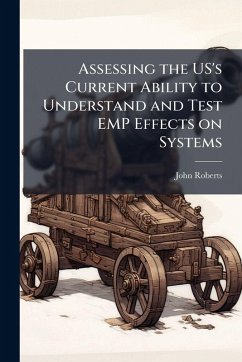
Coverage of Continuous Regions in Euclidean Space Using Homogeneous Resources With Application to the Allocation of Phased Array Radar Systems

PAYBACK Punkte
9 °P sammeln!
Air surveillance of United States territory is an essential Department of Defense function. In the event of an incoming aerial attack on North America, the DoD, Department of Homeland Security, and Federal Aviation Administration surveillance capabilities are critical to discovering and tracking the threat so that it can be eliminated. Many of the currently used surveillance radar will reach the end of their design life within ten to twenty years. By replacing the current radar network with a single integrated network of Multifunction Phased Array Radar (MPAR) units, surveillance capabilities ...
Air surveillance of United States territory is an essential Department of Defense function. In the event of an incoming aerial attack on North America, the DoD, Department of Homeland Security, and Federal Aviation Administration surveillance capabilities are critical to discovering and tracking the threat so that it can be eliminated. Many of the currently used surveillance radar will reach the end of their design life within ten to twenty years. By replacing the current radar network with a single integrated network of Multifunction Phased Array Radar (MPAR) units, surveillance capabilities can be enhanced and life cycle cost can be reduced. The problem of determining the location of required MPAR units to provide sufficient air surveillance of a given area is a large problem that could require a prohibitively long time to solve. By representing the area of surveillance as a polygon and the MPAR units as guards with a defined circle of detection, this problem as well as similar surveillance or coverage problems can be expressed with easily adjustable parameters. The problem of covering the interior and exterior of a polygon region with a minimal number of guards with homogeneous capabilities is not well researched. There are no methods for determining the minimal number of guards required to cover the interior and exterior of a polygon at a desired coverage level less than 100 percent. This work has been selected by scholars as being culturally important, and is part of the knowledge base of civilization as we know it. This work was reproduced from the original artifact, and remains as true to the original work as possible. Therefore, you will see the original copyright references, library stamps (as most of these works have been housed in our most important libraries around the world), and other notations in the work. This work is in the public domain in the United States of America, and possibly other nations. Within the United States, you may freely copy and distribute this work, as no entity (individual or corporate) has a copyright on the body of the work. As a reproduction of a historical artifact, this work may contain missing or blurred pages, poor pictures, errant marks, etc. Scholars believe, and we concur, that this work is important enough to be preserved, reproduced, and made generally available to the public. We appreciate your support of the preservation process, and thank you for being an important part of keeping this knowledge alive and relevant.












